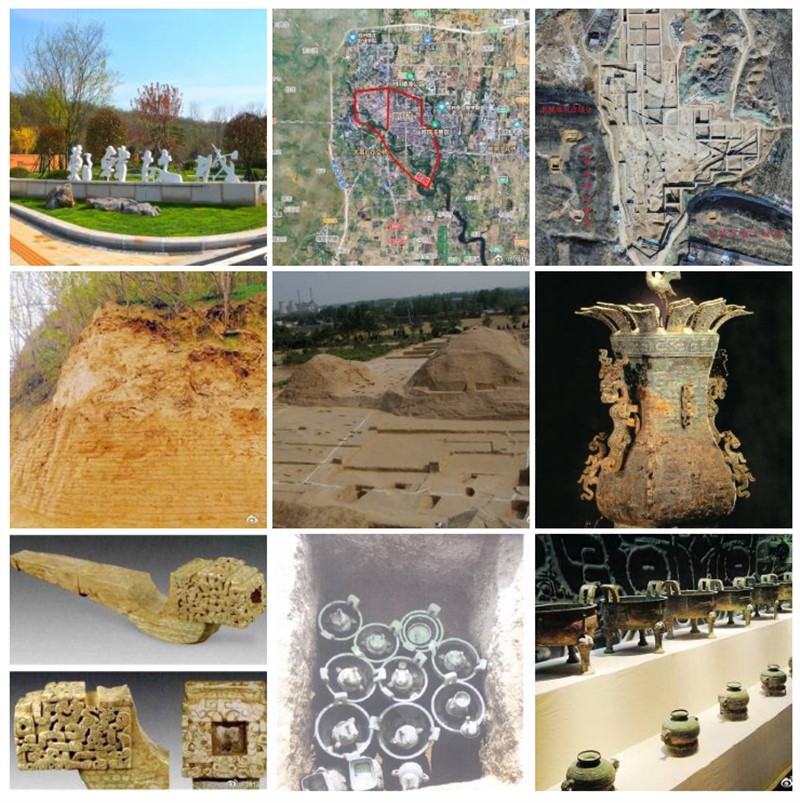Discovering Ancient China from Zhengzhou | The Zheng-Han Ancient City Buried for 2,700 Years

The site of the Ancient Capital of Zheng and Han States of the Spring and Autumn Period (the Zheng-Han Ancient City) is located at the junction of Shuangji River and Huangshui river in Xinzheng, Henan Province. The site has a slightly irregular rectangular outline, stretching 5,000 meters from east to west and 4,500 meters from south to north. In the middle of it stands a wall in the south-north direction, which divides it into an eastern part and a western part. The city wall was built by rammed walling. A wealth of relics remain in the city, including a large number of unearthed bronzes of the middle and late Spring and Autumn Period represented by the Rectangular Wine Vessel with Lotus and Crane and Nine Ding and Eight Gui.
The Zheng-Han Ancient City has a layout that reflects the typical model of capitals of states of the Eastern Zhou Dynasty and is known as the world’s most well-preserved ancient city with the highest walls and largest area in that period. There are several battlements outside the north wall, which are the earliest new-type wall defense facilities in China.
The mausoleum of the emperor of the Han State, located on the outskirts of the Zheng-Han Ancient City, Xinzheng, is surrounded by 28 Han tombs scattered in 11 areas, including several villages and Sias University. The discovery of the mausoleum provides important data for the study of the history, economy, and mausoleum system of the Han State of the Warring States Period.
Buried more than 2,700 years underground, the Zheng-Han Ancient City still retains its grandeur, showing the wisdom of the ancients to us.